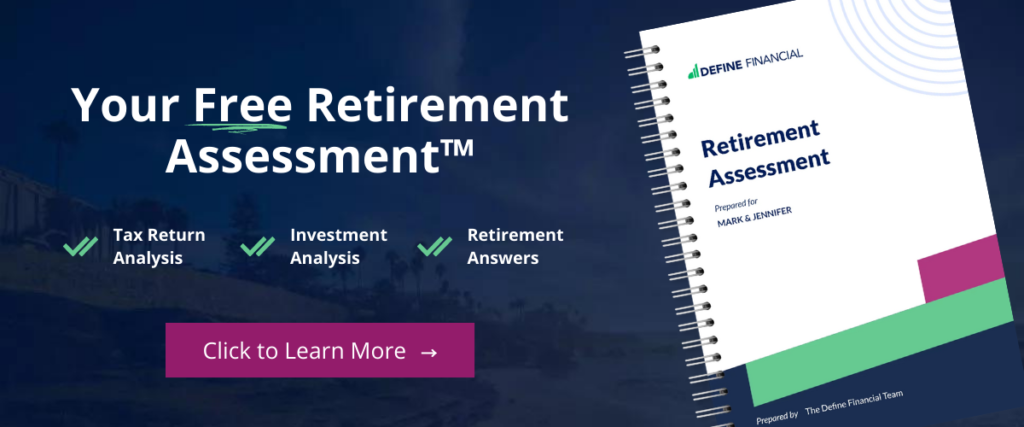Today I’m sharing three (3) big retirement planning mistakes and how to avoid them.
Actually, that’s not true…
I was inspired to add a fourth retirement mistake at the last minute after a recent client meeting.
So be sure to stick around to the very end. 😉
How to Listen to Today’s Episode
🎤 Click to Listen via Your Favorite Podcast App
Episode Resources:
- The Cost of Umbrella Insurance [Wallethub]
- The 7 Most Important Types of Insurance [Define Financial]
- When to File Form 8606 [Investopedia]
- What if You Fail to File Form 8606 [Willis Johnson & Associates]
- Backdoor Roth Contributions and the Pro-Rata Rule [ThinkAdvisor]
- The Pro-Rata Rule Explained [Ed Slott]
- The Tail End [Tim Urban]
- Stay Wealthy Roth Conversion Series:
Episode Transcript
[fusebox_transcript]




